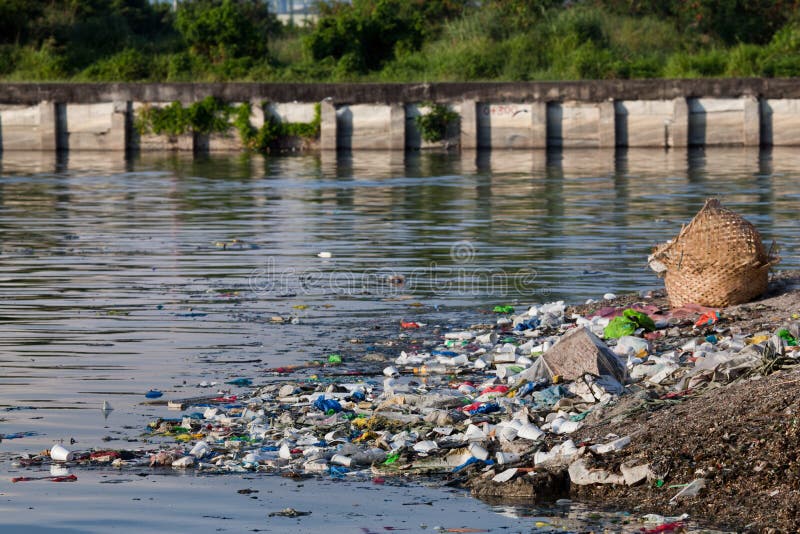Drinking PFAS can be detrimental to your health. Some of the health risks are reproductive, developmental, endocrine and immunological problems. Find out how you can filter or avoid drinking PFAS.
Per- and polyfluoroalkyl substances (PFASs) are a group of man-made chemicals that includes perfluorooctanoic acid (PFOA) and perfluorooctanesulfonic acid (PFOS). PFASs have been manufactured and used in a variety of industries around the globe, including the production of non-stick cookware, water-repellent clothing, stain-resistant fabrics and carpets, some food packaging, and firefighting foams. You can check this link to know more about the PFAS contamination in drinking water.

Image Source: Google
While PFASs have unique properties that make them useful in many products, they also persist in the environment and can accumulate in people over time. Studies have shown that exposure to PFASs may lead to adverse health effects, including developmental problems in fetuses and infants; liver, kidney, and thyroid dysfunction; immune system suppression; high cholesterol; obesity; hormonally mediated effects such as early puberty; and cancer.
There is currently no federal regulation of PFASs in the United States. The Environmental Protection Agency has issued an advisory recommending that public water systems limit PFOA and PFOS concentrations to 70 parts per trillion (ppt) combined. However, this is a non-enforceable guideline, and many water systems still exceed these levels. In addition, there is no requirement for private wells to be tested or treated for PFAS contamination.